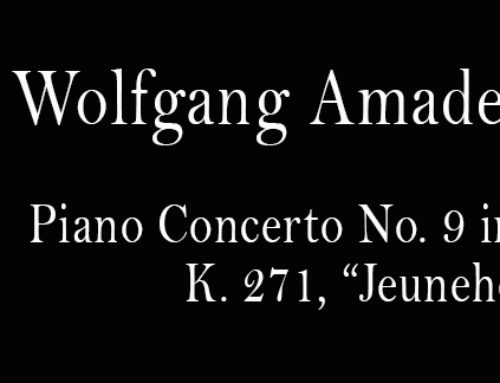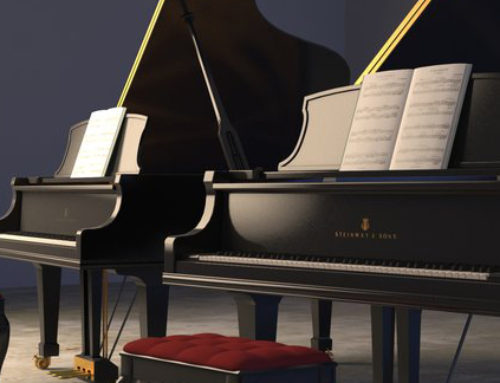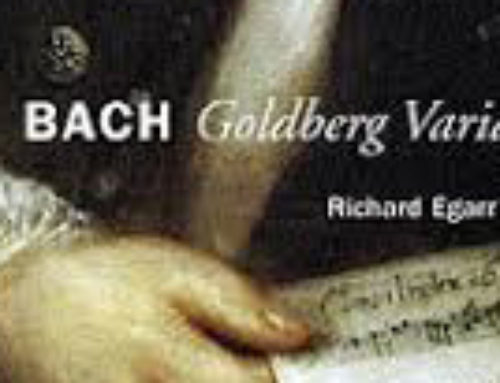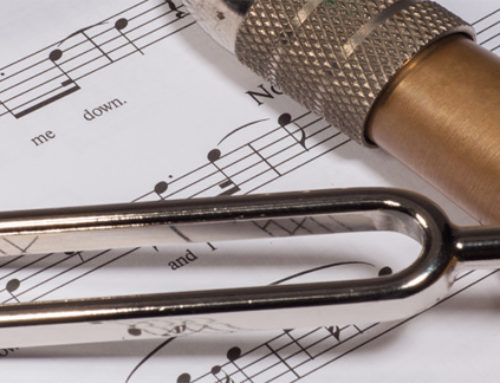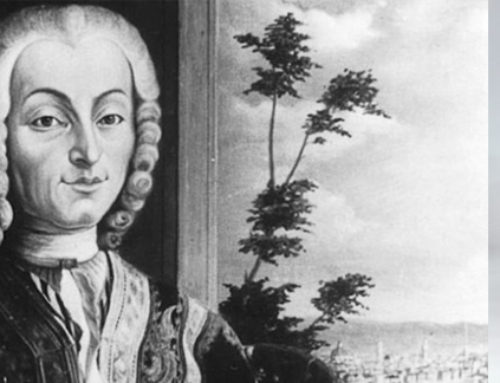Whether it sits in a concert hall where Bach and Beethoven’s masterpieces are skillfully mastered or a living room where beginners learn to play their first song, the piano we enjoy today would not be possible without the harpsichord. It was 1709 when Italian harpsichord maker Bartolomeo di Francesco Cristofori began the process of inventing the piano.
Knowing that the harpsichord could only play one volume, Cristofori sought out to create an instrument capable of varying volumes. By being able to alter the loudness and softness from one note to another, composers and performers would be able to have a greater range of expression. The harpsichord was a major contribution to the invention of the piano because of all stringed instruments, it had the ability to project the loudest sound.
The word “piano” stems from gravicembalo col piano e forte, which was what Cristofori named his invention. Translated, the name means “soft and loud keyboard instrument.” Throughout the years, the name was shortened to pianoforte, before finally being simplified to piano.
With a 300-year history, the piano has changed throughout the centuries, though it is still very similar to the instrument Cristofori invented. They all have hammers and strings that produce sound when a key is stricken, and they still have the ability to vary in volume. However, technology has created variances of the piano. Today, player pianos automatically read music and play it without the need of a person at the keyboard, and some pianos can actually record what is played.
Even these versions of the piano have evolved over time. At one time, the player piano used music that was fed through a paper roll, but today, modern versions use electronic technology, as well as discs and CDs. Some even have an internal memory, similar to a computer. Because of these technological adaptations, people can enjoy the piano without actually knowing how to play it. In addition, they have more sophisticated tools to compose music, such as software that allows the piano to interface with computers, much like televisions and computers can communicate with each other.
Another version of the piano is the digital piano. An electronic version of the manual piano, they, too, use software to create music. Often an ideal instrument for beginners, digital pianos are equipped with programs that help beginning pianists learn the keyboard and how to play songs. In addition, these pianos include more sounds than just the piano. With a simple push of a button, hundreds of other instrument sounds can be added to create a full band sound or unique combination of sounds.
Software has contributed greatly to the evolution and capabilities of the piano. Songs can now be purchased and downloaded, then converted to sheet music. Songs can be created on the piano and then stored and/or transferred to a different device, such as the computer, a smartphone, or a boombox.
With all of the advancements over the years, one might think the traditional piano would be less popular. On the contrary, these advancements have sparked our interest in pianos, as well as our desire to learn how to play the standard instrument that has been loved from generation to generation. But the traditional piano has changed since the 1700s. New materials and different woods are constantly being used to make the piano stronger. The mechanics have been fine tuned, producing keyboards that are comfortable and solid to the touch and pianos that maintain their pitch and tune longer.
Click here to learn more about the services Robert’s Piano Services offer.
Call 408.375.3612 today for a free consultation to determine your piano’s needs and create a personalized tuning and servicing schedule based on your piano’s age, condition, usage, and environmental factors.


